Sci-tech starring in industry spotlight
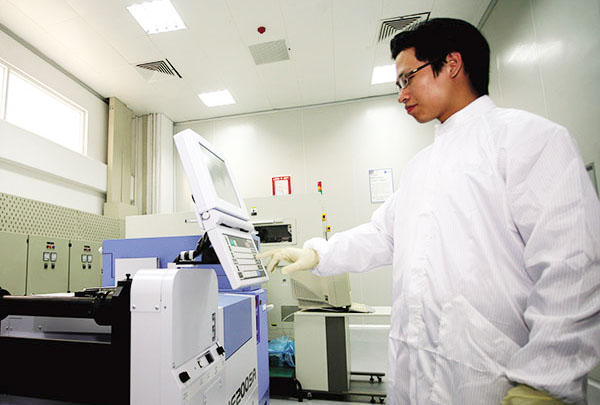 |
| Strong FDI inflows in recent years have helped strengthen the sci-tech sector in Vietnam - Photo Le Toan |
|
Billion US-dollar projects licensed in 2015-2016 -In 2015, Samsung Display Vietnam was licensed to add $3 billion to an existing $1 billion project in Bac Ninh. The project began operation in 2015. -The $2.4 billion Duyen Hai 2 thermal power plant project, invested by Janakuasa Sdn. Bhd-Malaysia in Tra Vinh, was licensed in 2015 and began construction in early August 2016. -The $1.2 billion Empire City project, invested by the UK's Denver Power Ltd, started construction in Ho Chi Minh City in late 2015. The property project is expected to be completed in 2022. -Taiwan-based Cheng Loong Binh Duong Paper Ltd, Co.’s $1 billion paper project, located in the southern province of Binh Duong, began construction in December 2015 and is expected to be operational by January 2018. -The $1.5 billion LG Display project in Haiphong kicked off in April 2016 and is expected to come on stream next year. - Waiting for investment licences: The $2 billion Nam Dinh power plant, developed by Saudi Arabia’s ACWA Power International and South Korea’s Taekwang Power, and the $2.2 billion Nghi Son 2 thermal power plant, developed by Japan’s Marubeni Corporation and Korea Electric Power Company (KEPCO). |
High-tech emerges as a rising star
Investors from the US and Japan are seeking licences to build an institute of science and technology and a high-tech hospital, worth a total of $400 million, at the Saigon Hi-Tech Park. Another US investor is also planning to invest $7 million into a research and development (R&D) centre at this park (SHTP), as part of the first phase of a Harvard University hospital and hotel project.
“If everything goes smoothly, these projects will be licensed by the end of 2016, thus contributing to the park’s 2016 total foreign direct investment (FDI) attraction increase to $924 million, up 462 per cent from the whole-year target set earlier,” Le Bich Loan, deputy chairwoman of the SHTP Management Board, told VIR.
Sci-tech has witnessed strong FDI inflows in the past five years. From 2011-2012, sci-tech ranked 12th among the 18 sectors with FDI projects, and had an annual average newly-pledged and added FDI of $180 million. Sci-tech came in seventh in 2013-2015, with total FDI rising to $250-450 million annually, according to the General Statistics Office (GSO).
Since the beginning of 2016, sci-tech surpassed most other sectors to rank third in FDI attraction, behind only manufacturing and processing, and real estate. Between January and November, many new sci-tech projects were licensed – for a total newly-registered and added FDI of nearly $685 million, accounting for 3.8 per cent of the country’s total FDI.
Industry insiders attributed the attractiveness of the sector to growing market demands and the country’s supportive policies.
According to GfK, Germany’s largest market research institute, in 2011-2015, the local demand for sci-tech products rose 15.7 per cent a year on average. In 2015, the local sci-tech market was valued at VND154.7 trillion ($7.03 billion), up 22.6 per cent from 2014. In the first six months of 2016, sci-tech product sales hit VND94.47 trillion ($4.29 billion), up 17.4 per cent on-year.
Besides for Vietnam’s traditional market strengths of political stability, cheap labour costs, and steady economic growth, the priority the country gives to high-tech and environmentally-friendly projects has also encouraged foreign investment in the field.
According to Prof. Nguyen Mai, chairman of the Vietnam Association of Foreign Invested Enterprises,Vietnam has economically developed to the level that international groups can compare it with other countries such as India, China, and Brazil, which all have strong sci-tech development. He cited Samsung as an example for strong FDI flows into high-tech in recent years.
Samsung has invested in Vietnam for a long time. After 2012, the South Korean electronics giant decided to move its production base to Vietnam – from then it has continuously increased investment in the country.
In early 2016, Samsung Electronics Vietnam, the local unit of Samsung, got approval to build a $300 million R&D centre in Hanoi. The construction is likely to begin by the end of the year.
“Japanese investment in IT-related sectors – especially software development and services – in Vietnam is expected to continue growing given the Vietnamese policies, and the shortfall in workforce and narrowed market in Japan,” Naoki Takeuchi, director of the Japan External Trade Organization (JETRO) Hanoi Representative Office, told VIR.
Japan’s Nidec Group is among the Japanese firms that are studying the possibilities of building an R&D centre at SHTP.
US companies are also interested in ‘smart city’ projects in Vietnam, which will help Vietnam to modernise and become more productive and efficient, safer and cleaner, said Adam Sitkoff, executive director of the American Chamber of Commerce (AmCham) in Hanoi.
Information technology has also been attracting attention among European investors in Vietnam. “With the integration and signature of free-trade agreements (FTAs), in particular the EU-Vietnam FTA – which tentatively will be implemented from January 1, 2018 – this tendency should be maintained,” said Antoine Logeay, vice chairman of the European Chamber of Commerce (EuroCham) Legal Sector Committee.
FDI movement in other sectors
In addition to sci-tech, Vietnam has seen FDI movement between the earlier stage of FDI attraction and current period in manufacturing and processing, extractive, and agro-seafood-forestry industries.
“In the early stage of FDI attraction, FDI in the manufacturing and processing industry mainly focussed on oil and gas, apparel, and footwear, as well as motorbike and automobile assembling. The biggest projects of this kind were valued at $500-700 million each on average,” said Mai.
During this period, the country also licensed many projects on coal and bauxite mining. The country had policies to boost operations in the extractive industry, he added.
The country also encouraged FDI in agriculture, with projects in flowers, fruits and vegetables, and aquaculture booming in the past, when FDI in this sector made up 15 per cent of the country’s total.
However, FDI movement has changed much in the past five years, Mai said.
The manufacturing and processing industry has continued to lure most of the attention of foreign investors in Vietnam. However, FDI in the industry focussed more on IT and telecoms, electronics, computers, and refrigeration – while FDI in oil and gas, steel, cement, textile, and footwear dropped due to market saturation and Vietnam’s tightening investment policies.
“The country’s policies to give priority to high-tech and environmentally-friendly projects have prompted international groups to invest in the field. Meanwhile, under a resolution dated in 2013, the country does not encourage investment in labour-incentivised industries such as textile and footwear in developing cities like Hanoi and Ho Chi Minh City. Investors can receive incentives if they invest such a project in undeveloped localities,” Mai explained.
Mai added that, due to limited natural resources for oil and gas exploration and exploitation, saturation of the markets for steel and cement, and environmental pollution concerns for garment and textile and the aforementioned industries, FDI into these sectors has fallen.
In one example, Vietnam’s annual cull of limestone for cement production – 100 million tonnes, equal to the size of a mountain – has endangered native species like the silvered langur, which makes its home on limestone hills.
Parallel to this movement, the value of manufacturing and processing projects also grew bigger. The country started to attract mammoth projects worth billions of US dollars, with Samsung, LG, and Intel among the big names.
Regarding mining, Mai elaborated that the number of FDI projects in the extractive industry has fallen in recent years, as the country has policies to limit mining and export of natural resources.
Statistics from MPI showed that mining has ranked on the bottom of the FDI attraction list in recent years. In 2015, the country licensed just three mining projects with a combined registered capital of $25.4 million, while no existing project in this industry registered to raise investment capital. The picture in 2016 is not brighter, as no mining project has been licensed so far this year.
Agro-seafood-forestry remains a risky investment, despite its potential. According to the GSO, the country licensed about 10-20 FDI projects a year for the past five years, with a total newly-pledged and added FDI of about $100 million annually. FDI in the sector accounted for just 1 per cent of the country’s total FDI.
Real estate rebounds
Real estate continued its stay in second place, just behind manufacturing and processing, despite a frozen property market that lasted from 2011 to 2013 – when total FDI in the sector fell into the hundreds of millions of dollars, from $21-23 billion in 2008-2009.
FDI in property recovered in 2014-2015 and developed more strongly in 2016, thanks to the country’s policies against speculation and some new policies on allowing foreigners to buy and own local properties, said Mai. The GSO showed that the country licensed around 40 new projects each in 2014 and 2015, with total pledged capital of over $2 billion, while many others registered to increase their investment capital.
Mai forecasts that the future prospects for the sector will be brighter next year, with many international investors trying to secure a foothold in the market, either through mergers and acquisitions or by forming joint ventures.
Foreign buyers, mainly from Japan, South Korea, and Singapore, have their eyes on the country’s two major cities, Hanoi and Ho Chi Minh City.
According to Marc Townsend, managing director of CBRE Vietnam, the FDI flow into real estate has mostly been for housing and apartments, instead of hospitality, golf courses, and retail, as previously.
What the stars mean:
★ Poor ★ ★ Promising ★★★ Good ★★★★ Very good ★★★★★ Exceptional
Latest News
More News
- European business confidence at highest since 2022 (April 08, 2024 | 09:55)
- Where is environmental governance in FDI attraction? (April 08, 2024 | 09:45)
- 2024 is expected to see fiercer competition in FMCG (April 04, 2024 | 16:53)
- Vietnamese startups bag $35.7 million in first quarter of 2024 (April 02, 2024 | 16:40)
- Investors increasingly optimistic about manufacturing sector (April 01, 2024 | 14:51)
- Soaring German investments are testament to trust in Vietnam (April 01, 2024 | 09:52)
- Prime Minister works with Japan Business Federation (March 29, 2024 | 08:00)
- Game-changing ESG initiatives expected (March 26, 2024 | 09:09)
- FDI flows in Vietnam forecast to boom this year (March 22, 2024 | 11:56)
- Businesses face mounting hardships amid rate hike (March 20, 2024 | 16:33)



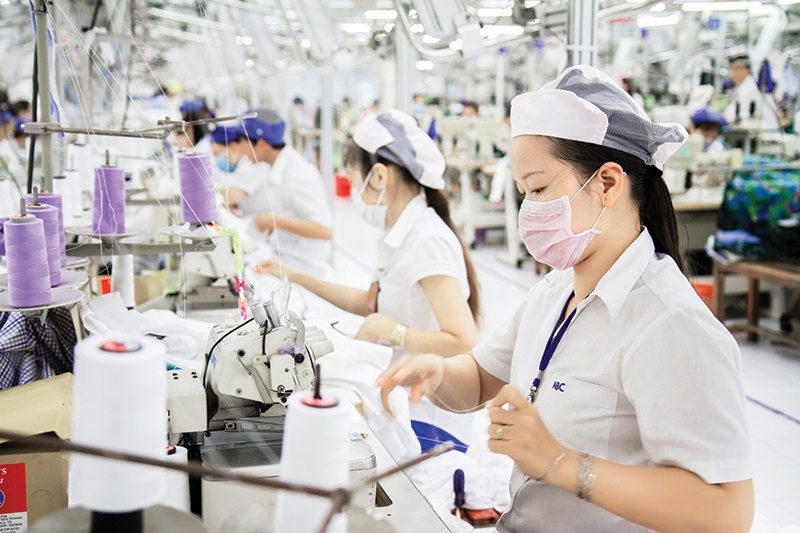
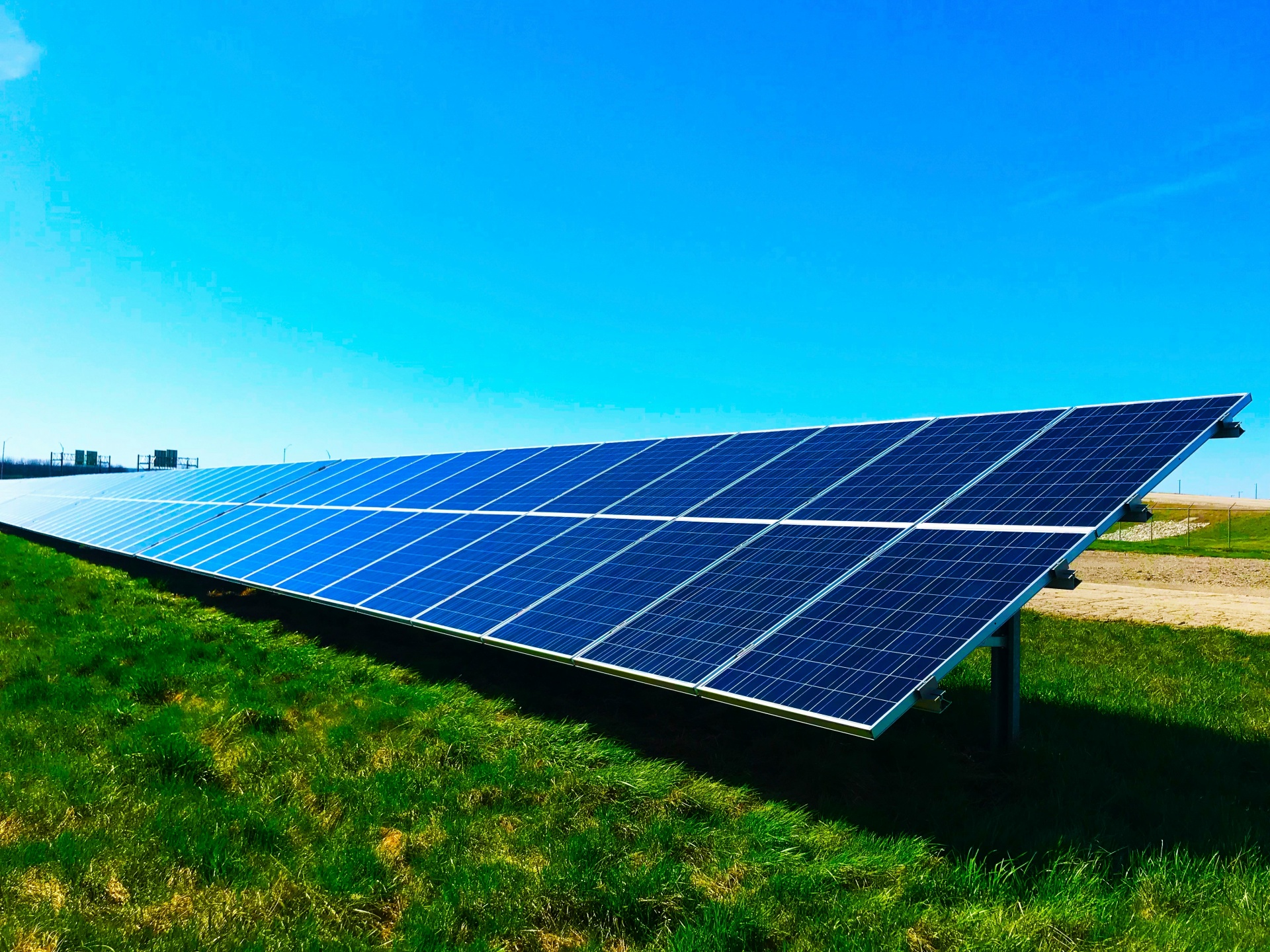
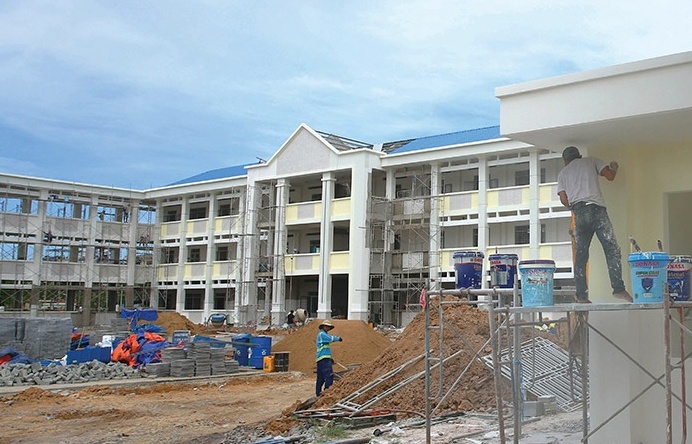
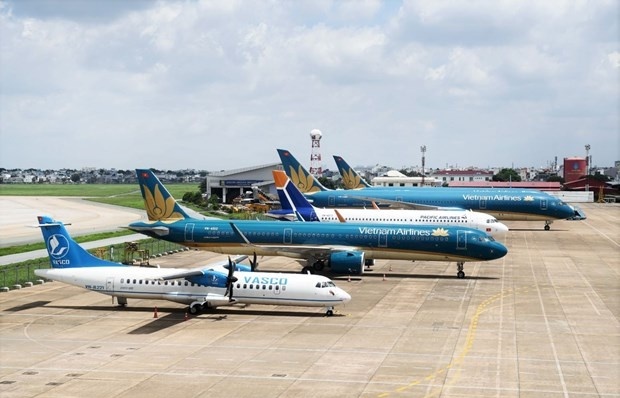
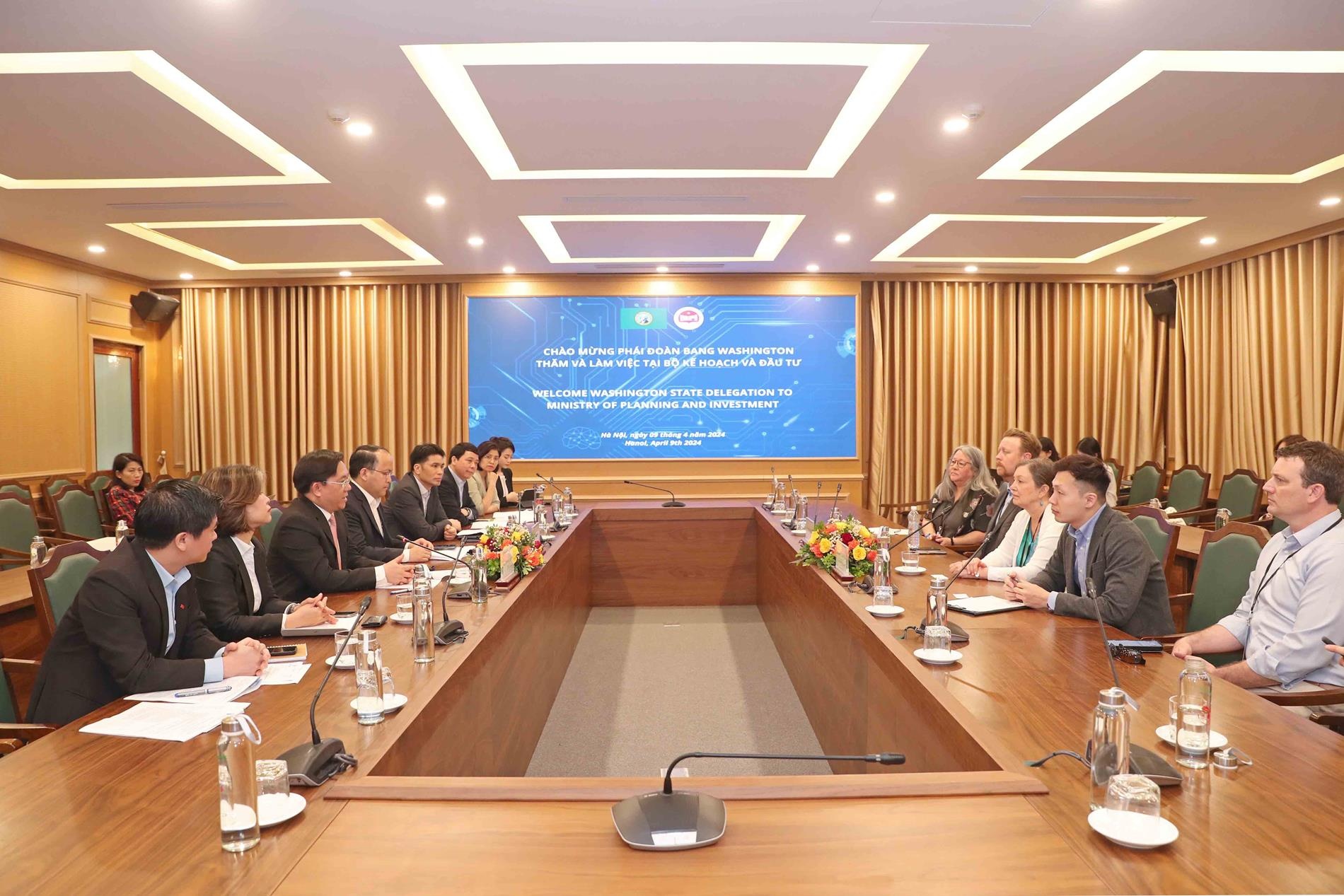
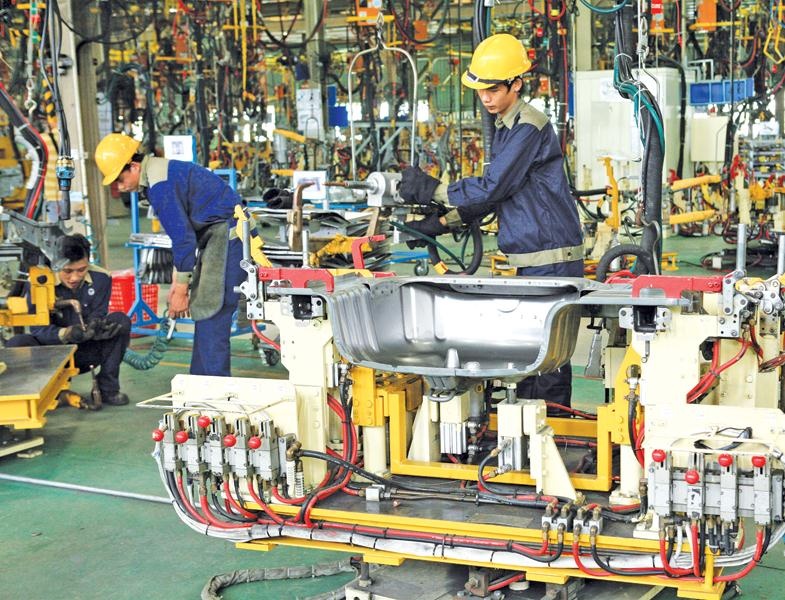









 Mobile Version
Mobile Version